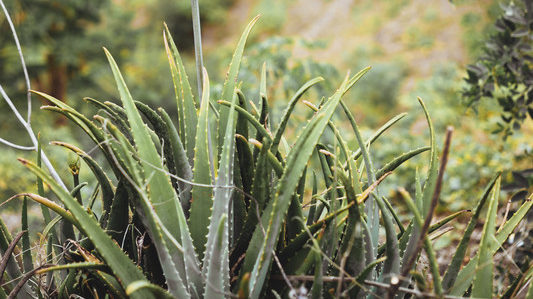
There in Misali, I was discovering my own circular route, from childhood familiarity with Aloe vera in America, to the splendid diversity found in Africa, and eventually… back home again.
RICHO CECH
The popular story goes that long ago, somewhere in North Africa, grew a smallish yet handsome, robust and edible aloe, plump of leaf and yellow of flower. This unique plant was taken from a wild stand which has since been extirpated, leaving no parent population to be found. In the process of domestication, the plant lost its ability to reproduce from seeds, and is thus currently propagated by pups (lateral offshoots) only. This aloe became known as “Aloe vera,” a common name that eventually came to be accepted as the scientific name. Lovely Latin, it means “True aloe.”
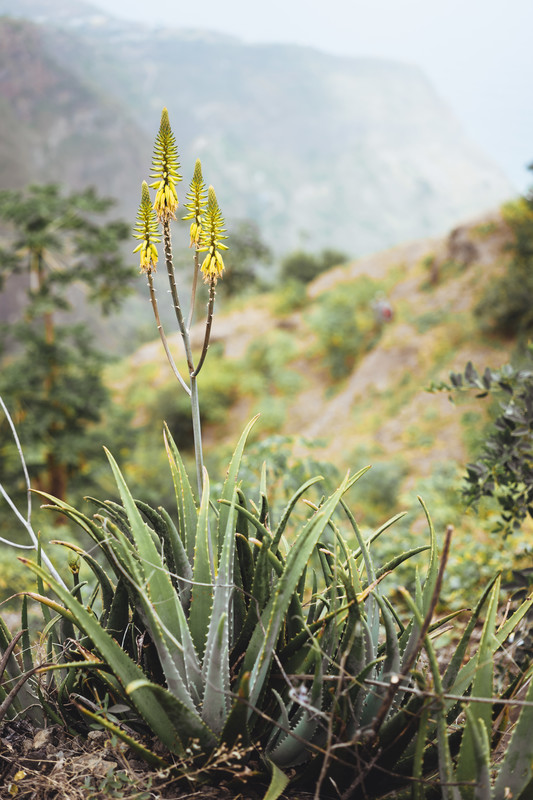
However, the story makes little botanical sense, and although charming, has always left me with a number of questions unanswered. How true is this true aloe? If true, then I’d like to know where it is from, and why it is more true than the rest? If Aloe vera came originally from the wild, then why has it lost its ability to reproduce from seed? Because the ability to reproduce from seed is one of the main earmarks of a wild-derived species aloe. And, why is common Aloe vera so very consistent in form? Wild aloes are not like that–they show some variability in form, and indeed require pollination with plants of different parentage in order to make viable seed. Finally, why is the plant so very vigorous? One can hardly keep up with transplanting all the pups. This trait looks a lot like hybrid vigor. All these questions are satisfied by this one hypothesis: Aloe vera is a hybrid!
Overview: The Aloe family (the Aloaceae) is represented by about 550 species growing in mainland Africa and Arabia as well as the islands of Socotra, Zanzibar, the Mascarenes and Madagascar. Aloes are in general rosette-forming, polycarpic, drought-tolerant succulents.[1] Their leaves are toothed on the margin, boat-shaped in cross-section, non-fibrous and filled with gel. The vascular bundles that occur just beneath the epidermis of the leaf are filled with a bitter, yellow latex. The flowers are drooping, tubular and brightly colored; arranged in terminal, sometimes branched, racemes. The seeds are dark-colored, occur in capsules, and are winged to encourage dispersal by wind. Beyond these commonalities, aloes come in a fantastic array of forms. There are tree aloes, single-stemmed aloes, multistemmed aloes, bushy aloes, stemless aloes, dwarf aloes, creeping aloes…[2] Aloes are the most common medicinal herb in Africa.[3] Many African mothers living in the bush know to use aloe leaf for treating conjunctivitis, a use that has rarely been understood by Western practitioners. Aloe in Africa is also used for treating burns and wounds, as a bitter tonic to the digestion, as an antiparasitic, for treating malarial fever, HIV/AIDS, jaundice, yellow fever, hepatitis, high blood pressure, etc. Ethnobotanical uses range from snuff ingredient (Aloe marlothii) to harborage of ancestral spirits (Aloe dichotoma). Aloe vera itself is a clumping aloe that will make a woody stem with age. The leaves are filled with mucopolysaccharide-rich gel that is used topically to treat burns or other skin injuries, promotes fibroblastic activity and speeds healing–a soothing and antiinflammatory emollient. The mucilage contains acemannan which is anti-tumor and beneficial against HIV. The skin of the leaves contains anthroquinone glycosides that are hydrolyzed in the intestines, speeding peristalsis and producing a stomachic and laxative effect. [4] [5]
Reproductive Biology: Aloes in their African habitat are pollinated by bees and by sunbirds (small, fast-flying birds, often with iridescent feathers–members of the family Nectariinidae). [6] Bees sometimes have difficulty reaching the reproductive organs held within the long-tubed flowers, whereas sunbirds employ specially adapted beaks and tongues that readily access the nectar pool and also transfer pollen. Sunbirds are capable of flying to a great distance, conceivably cross-pollinating, for instance, mainland aloes with aloes on outlying islands. Aloe flowers as they occur on a plant are protrandric, meaning that the pollen matures prior to the receptivity of the stigma. Therefore aloe is not generally self-fertile. Furthermore, aloes are obligatory breeders, requiring cross fertilization with a plant of different parentage in order to produce viable seed.[1] Aloes are promiscuous, and will hybridize readily. An interspecific cross occurs when two different species hybridize to form a previously unknown type, which often appears to be intermediate to the parents. In aloe, such a plant is usually sterile, but may be cloned by means of lateral offshoots (pups). This characterizes Aloe vera perfectly.
Historical musings: We would have to look back to the history of the aloe trade to help identify the likely parents of a possible cross that would produce a plant like Aloe vera. The first mention of aloe (undefined type) in literature dates back to the Egyptian papyrus Ebers (circa. 1550 BC). Nefertiti (circa 1370 to 1330 BC) used (probably Socotrine) aloe in her beauty regime. Vulnerary Socotrine aloes were part of the classical (8th century BC to 6th Century AD) trade (along with myrrh resin) that originated in Arabia, destined for Palestine, the Mediterranean and beyond. Alexander the Great (356 to 323 BC), on the advice of Aristotle, forcefully annexed to his empire the islands of Socotra that lie just off the coast of present-day Yemen. This was a bid to gain control of the aloe resources that occurred on this unique desert island. Aloes provided good medicine for battered troops, and it is said that wagons loaded with potted aloes were part of Alexander’s supply train. Post-conquest, Alexander is said to have installed gardeners from Greece to Socotra in order to cultivate and care for its indigenous aloes. It was likely one of these gardeners who produced or discovered the hybrid we know as Aloe vera. By the time Cleopatra (69 BC to 30 BC) rubbed aloe gel into her famously seductive thighs, it is quite possible that she was using Aloe vera.
Possible parentage of Aloe vera: The Socotrine aloe (Aloe perryi) has already been suggested to be the mother of Aloe vera. The Socotrine aloe is green-leaved, although like most aloes it will adopt red coloration when sun-stressed. This aloe flowers to the same height as Aloe vera, but the flowers are colored orange. Therefore, we may look to yellow-flowered aloes as possible contributors of pollen that resulted in the Aloe vera hybrid. The island of Socotra, low and alluring in the stark beauty of its turquoise waters and odd, succulent, often caudiciform flora, rests 150 miles east of the Horn of Africa, near the mouth of the Gulf of Aden. This would have been within sunbird flight from the Somalian mainland where, along the coast of the Red Sea, grew populations of Aloe sinkatana. Currently an IUCN red listed endangered plant,[7] A. sinkatana has been used in local medicine of treating fever, tonsillitis, hemorrhoids, inflamed colon, constipation and skin diseases. Like Aloe vera, A sinkatana is yellow-flowered, with plump, spotted leaves. Modern-day genetic analysis(9) confirms this plant to be a close relative of Aloe vera. Therefore, we could posit that Aloe vera might be better described as
Aloe perryi x sinkatana.
Socotra is home to several other endemic aloes, one of which, Aloe forbesii, is also genetically and morphologically similar to Aloe vera. Aloe forbesii suckers vigorously from a low, succulent rosette, sometimes spotted, and flowers orange. It might be mentioned here that there is an orange-flowered variant of Aloe vera, which when bred back to yellow-flowered Aloe vera produces progeny with yellow or red flowers. This is almost certainly an instance of hybrid swarm.[5] [6]
Finally, Aloe scobinifolia, with extant stands along the Gulf of Aden in Somalia, is well-within sunbird range of Aloe perryi. Aloe scobinifolia is low and succulent, flowers yellow, and has been confirmed through genetic analysis to be very similar to Aloe vera. Any of these aloes: A. perryi, A. sinkatana, A. forbesii and/or A. scobinifolia[9] are potential parents of Aloe vera. The best way to know where our “true aloe” comes from will be to artificially cross these putative parents until we come up with the combination that produces, once again, Aloe vera. Then, we will know.
Personal: I have long been amazed by the overarching presence of Aloe vera. It is as if the plant has superimposed itself over the other species to such an extent that when one says “I’m interested in aloes,” nine times out of ten the response is “Aloe vera?” I knew this windowsill-bound succulent all the way from early childhood, but my eyes were opened to aloe diversity when I traveled to Kenya in the year 1975. On the slopes of Lukenya Hill in Machakos district, from my perch astride the smooth limb of a giant fig tree, I observed a landscape of diverse aloes generating succulent rosettes and varicolored flowers. A troop of baboons passed, more interested in my fig tree than in the flowers. A hyrax screamed. The sunbirds were hitting the aloe blossoms. It took my heart, and it was fascinating to me that these otherworldly plants also provided a significant source of medicine for the indigenous people. I was turning away from the old bones and stones of my archaeological avocation and turning toward something much juicier. Ethnobotany is addictive.
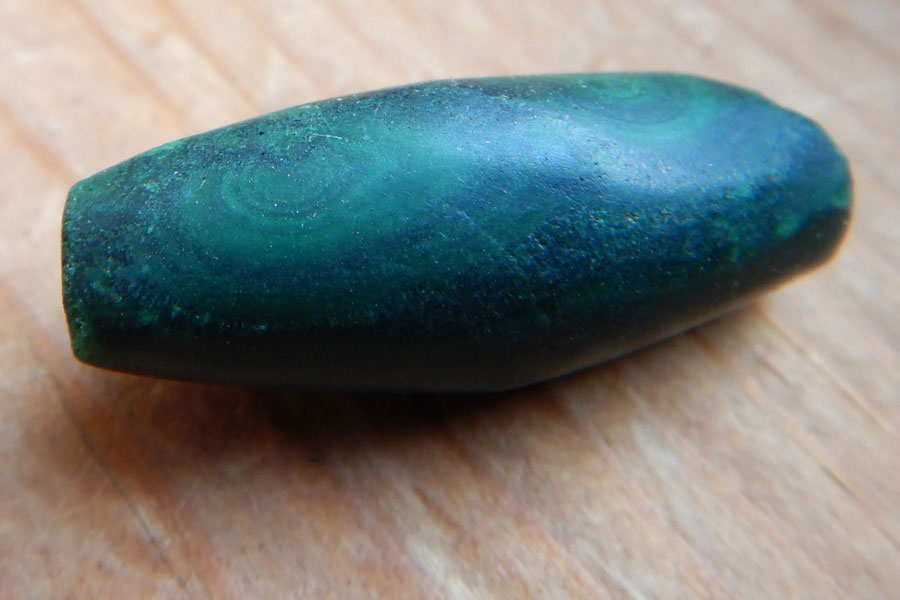
A little later, on the shore of the Indian Ocean, I explored the Gede ruins, finding the outlines of an Arab dhow scratched into the ancient masonry. These hand-hewn, lateen-sailed craft navigated the Swahili Coast as far back as 600 BC, bringing Arabia to Africa during the winter monsoons, and Africa to Arabia on the tradewinds of spring and summer. When the winds blew South, Arab traders visited ports like Lamu, Malindi and Mombasa in what is now Kenya, picking up diverse goods such as coconuts, mangrove poles, malachite and ostrich eggshell necklaces. It is possible that aloe species were included in this trade, so the list of possible parents for Aloe vera may include species that were carried from afar.
As a garden plant, Aloe vera soon traveled beyond the prow of the dhow, from window-ledge to window-ledge, starting in Arabia, radiating out to the Mediterranean and from there to Europe. The plant arrived eventually in the West Indies and South America, where it was and is plantation-grown and has also escaped into the wild. At one point, Aloe vera was associated so strongly with the West Indies that the species name “barbedensis” (as in Barbados) was proposed and widely used. Taxonomists have since come to their senses and jettisoned this name.
In the year 2011 I returned to Zanzibar to study traditional medicine, botanize, explore, and to oil my rusty Swahili. On the island of Misali near Pemba, I found growing the large, fleshy-leaved Mshubiri mwitu (Aloe massawana, ne A. kirkii).[8] [9] This species too, travelling by dhow, could have been parental to Aloe vera. Starting as a green-skinned, fleshy rosette, it forms a pithy stalk with age, much like an overgrown Aloe vera that can no longer hold itself upright on the windowsill, and droops its head down to the floor, while a new crop of upright-leaved volunteers bristles simultaneously out of the pot. There in Misali, I was discovering my own circular route, from childhood familiarity with Aloe vera in America, to the splendid diversity found in Africa, and eventually… back home again.
Written by Richo Cech.
[1] Smith, Gideon F and Braam van-Wyk, Aloes in Southern Africa,2008, Struik Nature Press, Cape Town, South Africa
[2] Van- Wyk, Ben-Erik and Gideon Smith, Guide to the Aloes of South Africa, 1996, Briza Publications, Pretoria, South Africa
[3] Cole, Thomas and Tom Forrest, Aloes of Uganda, 2017, Oakleigh Press, Santa Barbara, California, USA
[4] Marciano, Dr. Marisa and Dr. Nikita A. Vizniak, Botanical Medicine, 2018, Prohealth, Canada
[5] Cech, Richard A., Making Plant Medicine, 2000, Herbal Reads, LLC, Williams, Oregon, USA
[6] Newton, Leonard, Natural Hybrids in the Genus Aloe (Aloaceae) in East Africa, 1995, Journal of East African Natural History, 84(2):141-145, Nature Kenya/East African Natural History Society
[7] IUCN 2019. The IUCN Red List of Threatened Species. Version 2019-1 <https://www.iucnredlist.org>
[8] Heine, Bernd and Karsten Legere, Swahili Plants, 1995, Rudiger Koppe Verlag, Koln
[9] Treutlein, J, GF Smith, Ben-Erik Van Wyk and W Wink, 2003, Phylogenetic relationships in Asphodelaceae (Alooideae) inferred from chloroplast DNA sequences (rbcl, matK) and from genomic finger-printing (ISSR)

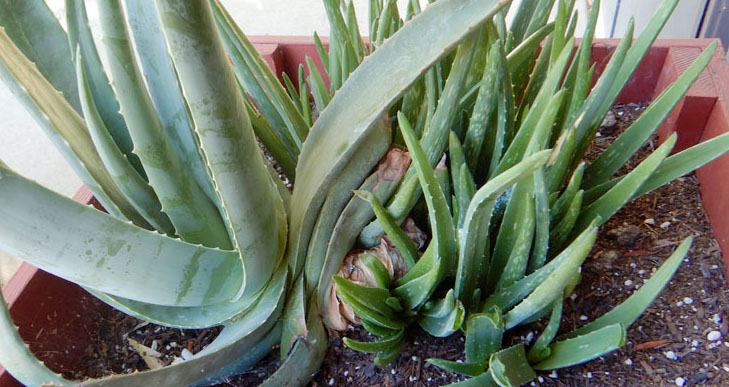
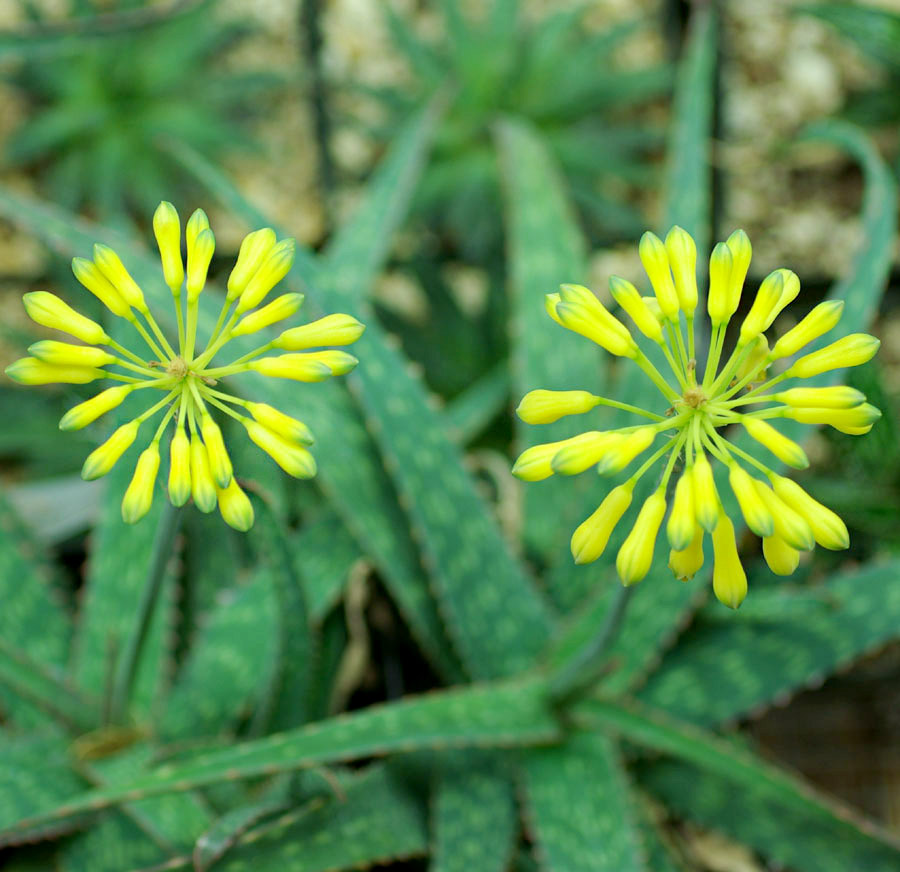
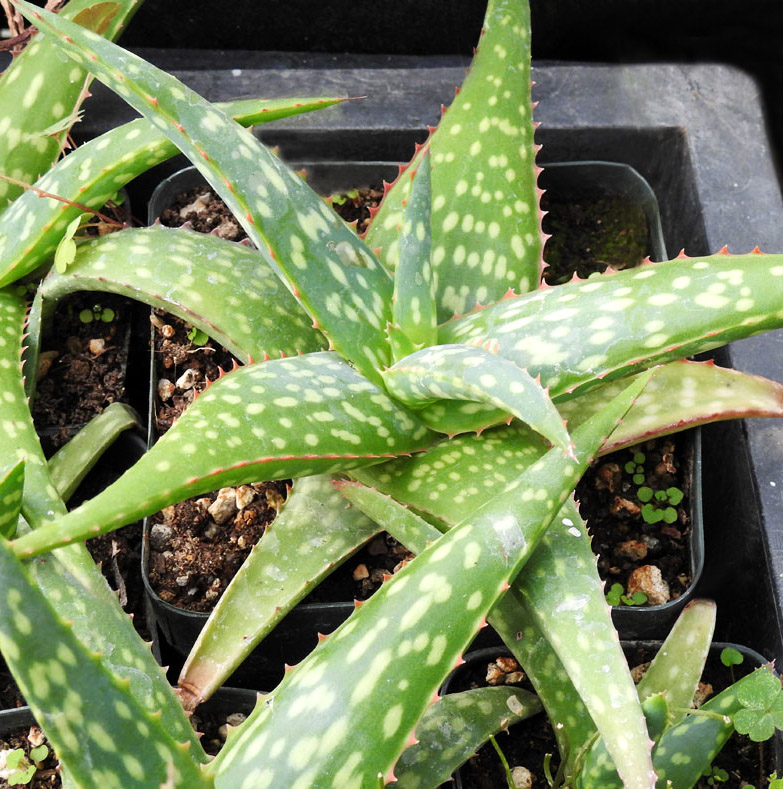
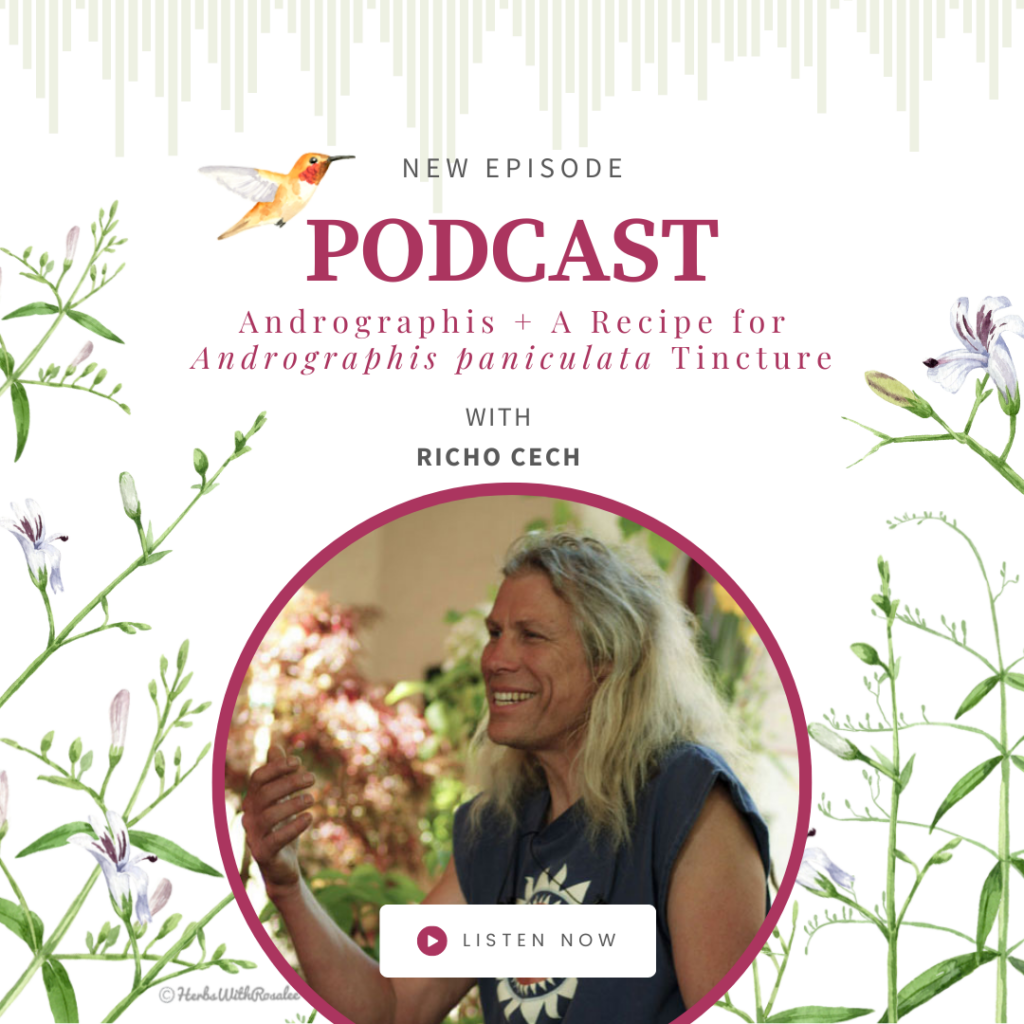
Super interesting and informative- thanks 🙏
Are there significant differences in medicinal value of these different species?
The thing with Aloe Vera, is that it is a “softer” plant than the pure forms. And that SEEMS easier to use. The green parts are softer and less bitter looking; the gel copious and again, soft. Am I mistaken in thinking this might be more useful and medicinal overall?
Thanks
Hey tuffy, thanks for writing. Aloe vera is mighty good its true. The leaves are soft and the gel is copious. There are other Aloe species where this is also the case. Sinkatana and arborescens are just 2 examples of many. And, don’t forget the bulbines. They are extremely soft of leaf, have no spines and well-developed gel. Lacking spines really is nice. richo
Of the Aloe seeds you sell, what would be your pick as to the best medicinally? I create my own herbal products and wanted to grow my own aloe. But I also need something that would grow rather well in pots, inside. I live in the Northeast, Zone 5. Thanks!
At this point it would be Aloe ferox, which has both the mucilage and the anthraquinone constituents in good amounts. We have plenty of seed of this and the germination has been recently confirmed. Aloe ferox grows relatively fast and can be done indoors.
Great to hear more about your travels and research-thanks for taking the time to share!
Richo, this is interesting to me …all these different aloes…it seems that this plant may be the Mother of all medicinals on planet earth. It is so insistent that we notice how many conditions she helps to heal and how readily she grows if we leave her be mostly. Humanity certainly needed and still needs her balm and benefits.
Yes, I like it, the mother of all medicinals, like Mother Africa…
Hi Richo,
Thanks for the article. It feels good that I am not the only one thinking about the origins of the “true” aloe and how it lost its ability to self fertilize. Hybrid origins sound very plausible.
It’s a deep thought to think that if aloe vera is a hybrid and it has been passed through offshoots from something like the 4th century BC is mind boggling. It makes me wonder if the large scale farms in places like India, Dominican Republic, Canary Islands etc… if they use the EXACT same Aloe Vera plant that can be traced back to the same original hybridized mother plant?
I bought an aloe vera x aloe vera hybrid from you 2 years ago. I repotted it last night and had 16 offshoots!
I also have several different aloe seeds from you like a. sinkata that I haven’t germinated yet from 2 years ago. I may have waited too long on those. Any idea on how long they are viable?
Thanks, Brian. Aloe seeds remain viable for about a year. We change our entire stock yearly to the new harvest.
Hi Richo, I was wrong it was aloe arborescens and aloe ferox seeds that I had gotten from you. Not sinkatana. And it was more like 3 years that I’ve had the seeds. Not surprisingly I haven’t have any luck germinating them. I’d like to get more fresh arborescens seeds from you and try again very soon….
Side note…. the aloe vera x vera hybrid I got from you in 2016 is very vigorous in growth. Different in structure than either Aloe vera or the chinesis variety I have. But still similar. I can’t wait til it flowers. It’s greener (less glacous) than my aloe veras and bigger and longer leaved than my aloe vera x chinesis. Thanks for making it available!